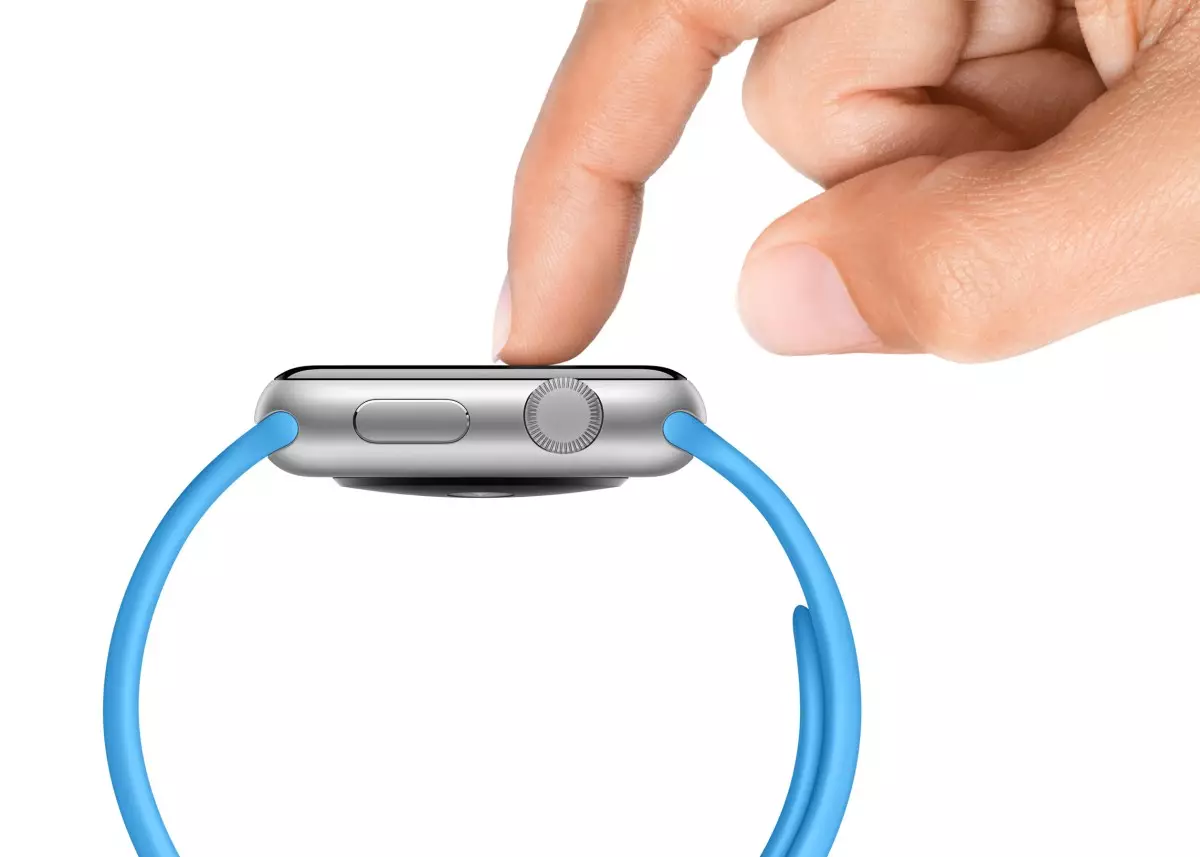In a significant legal development, Apple has agreed to settle a class-action lawsuit for $20 million connected to battery swelling issues in its earlier Apple Watch models. The lawsuit, initiated in 2019 in the U.S. District Court for the Northern District of California, claims that the first four iterations of the Apple Watch—Original, Series 1, Series 2, and Series 3—were affected by this defect. Battery swelling, a condition caused by the accumulation of gas and heat within lithium-ion batteries, can compromise the device’s structural integrity, leading not only to performance issues but potential safety hazards as well.
What’s noteworthy about this situation is the nature of Apple’s response. The tech giant has consistently denied any wrongdoing, stating that the settlement is not an admission of guilt but rather a strategic decision to mitigate ongoing legal expenses. This creates an intriguing juxtaposition between a company’s public image of reliability and safety, and the legal realities surrounding its past products.
Battery swelling is a critical issue that poses risks not just to the devices themselves but also to their users. This condition arises when lithium-ion batteries undergo chemical reactions that lead to the buildup of gases. The resultant pressure can cause the battery casing to expand, pushing against other internal components, thereby potentially damaging them. Such malfunctions not only hinder functionality but can also raise safety concerns, particularly if the swelling leads to battery rupture or fire.
For Apple Watch users, particularly those who own older models, this lawsuit highlights the importance of monitoring product reliability and manufacturers’ responses to potential defects. Apple’s assertion that its devices are designed to be safe brings forward a broader debate about the accountability of tech companies in ensuring the quality and safety of their products.
Under the terms of the settlement, eligible customers residing in the U.S. who reported battery swelling issues to Apple between April 24, 2015, and February 6, 2024, can expect compensation. Payments range from $20 to $50, determined by the number of complaints filed within that period. The claims process primarily relies on notifications via postcards or emails to potential claimants, which raises questions about the effectiveness of communication in reaching affected users.
Apple’s decision to resolve the lawsuit through a monetary settlement instead of defending itself in court could set a precedent for how technology companies handle similar legal challenges in the future. It also signals to consumers that these issues are significant enough to warrant financial restitution, even when companies are reluctant to accept culpability.
The timing of Apple’s settlement is particularly notable, as it comes shortly after Fitbit, subsidiary of Google, agreed to pay a $12.25 million settlement for its own battery overheating issues in the Ionic smartwatch. This raises broader questions regarding industry standards and the responsibility of tech companies to ensure product safety and durability.
As technology continues to advance at a rapid pace, the potential for defects will invariably arise. What remains to be seen is how companies like Apple and Fitbit evolve in their approaches to addressing consumer concerns—both in terms of product design and post-sale accountability. This incident serves as a critical reminder of the need for vigilance in consumer electronics, where the promise of innovation must be matched by an unwavering commitment to safety and quality.

